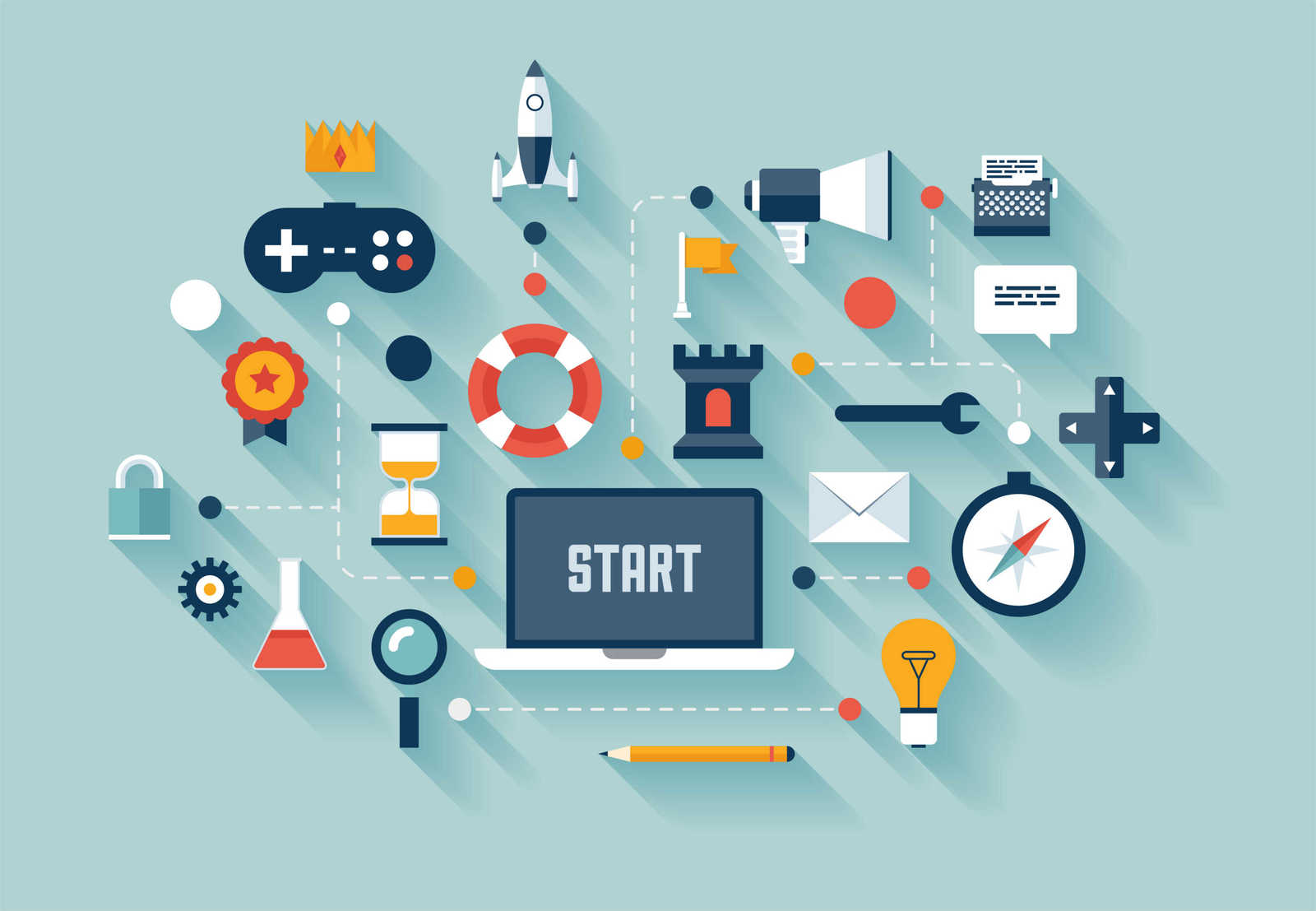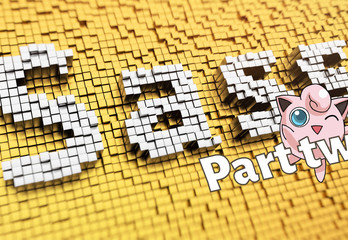Does anybody remember Cracker Jack, caramel-coated popcorn and peanuts (ooh yess) snack? It is well known for being packaged with a prize of trivial value inside the box. If you're not from America, there's probably a similar snack/cereal brand that does the same, wherever you are. This is one of the first examples of product gamification, but things got much more sophisticated since then.
I'm gonna walk you through a series of posts (6 parts) which will tell you all about the gamification and its underlying mechanisms. We'll go through psychology, motivation, game elements and design, bad instances of gamification, and finishing it off with a few practical examples that can make your workday more fun. The posts are as follows:
- Learn How to Win from 5 Amazing Examples of Gamification
- How Are We Just Like Pigeons? Psychology & Motivation on Steroids
- Game Thinking & Game Elements
- Gamification Design
- Can Gamification Get Ugly? Oh Yes It Can
- Gamification in Your Workplace
Even though this is an introductory post, I will not be talking about any basics and definitions here. While gamification is a relatively recent term, it's easy to find an abundance of sources explaining the basics. What I will be doing is presenting you the essence of gamification through some amazing "real life" examples from which you can get the feel of it "hands on". I also find important to cover the -how- and -why- did it become so popular beforehand.
Let's dive in. According to Google Trends, the Internet gave birth to gamification in September of 2010.
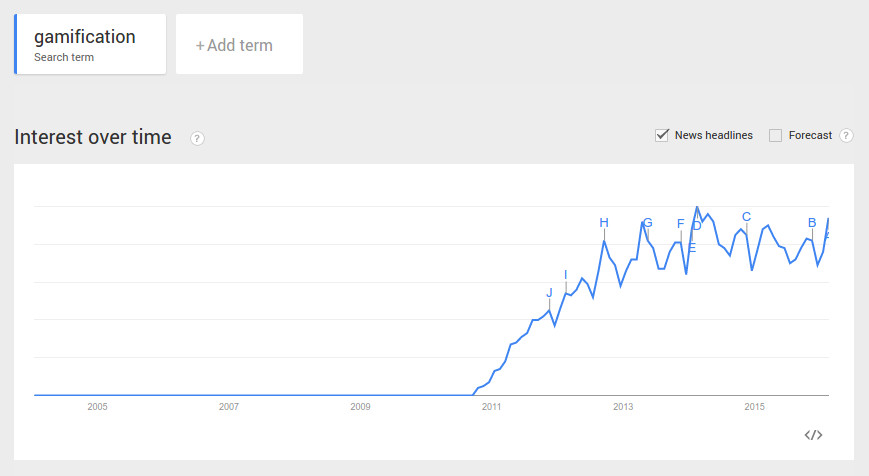
The Badgeville company, considered a leader in gamification industry, offers a PaaS for web and mobile sites to measure and influence user behavior. While it is probably them who coined the term, their child surpassed them in popularity quickly enough.
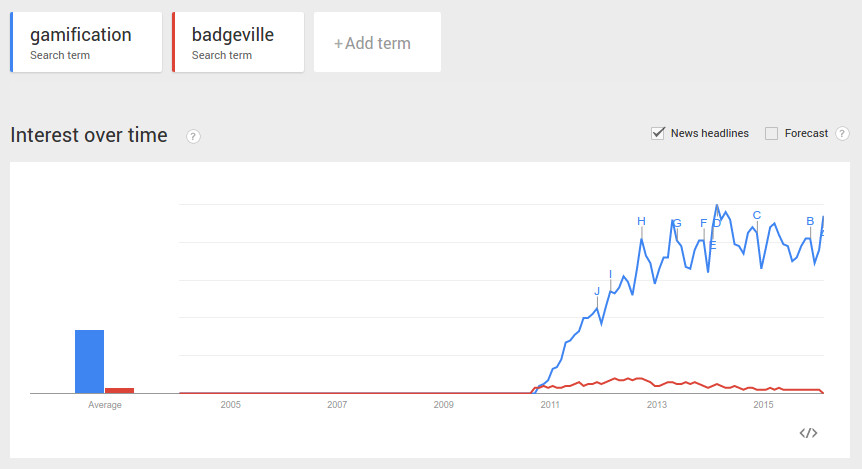
Does this mean there was no gamification before that date? Of course not. It simply didn't have a name before, it was something companies used as a trick that increased the sales and made their consumers happier. It was also a way for us to cope with boring and repetitive tasks. Finally, it was always something kids did intuitively, creating fantastic narratives around daily activities. The latter is probably the finest example of gamification - managing to wrap virtually anything dull and ordinary into a glorious quest.
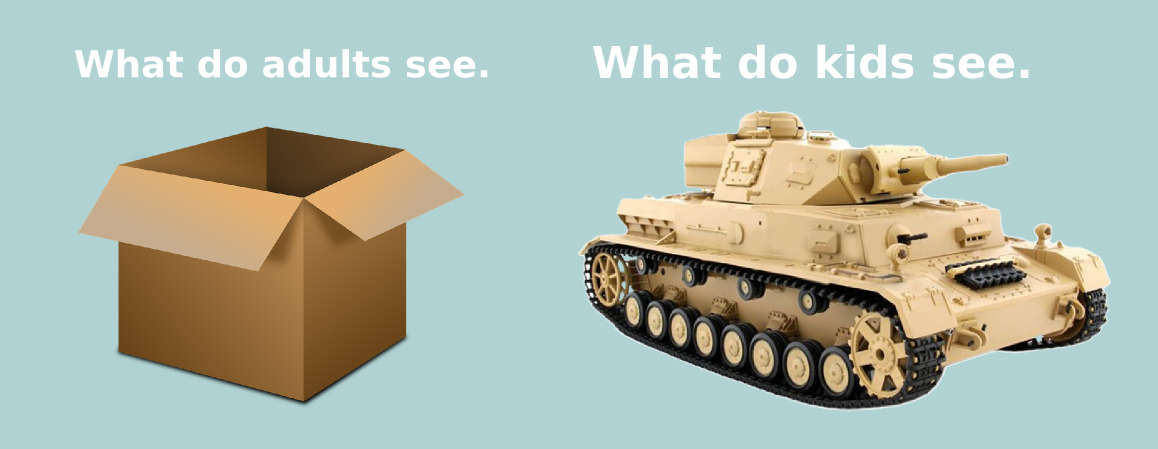
Enter the digital age
If there ever was a way to utilize the power of child's imagination and to address the need to make ordinary seem meaningful, Internet was it. The abundance of data, networking and community, to be more precise. Needless to say, games are a byproduct of our need to "get lost" in another reality, to feel engaged (in contrast to our maybe boring and repetitive jobs), to experience the flow, and so on. It's not wrong, it just isn't as productive as we would like it to be :) The power games have over us is very real, it's as addictive as gambling and some drugs. Gaming industry hit close to a 100 billion dollars in 2015.
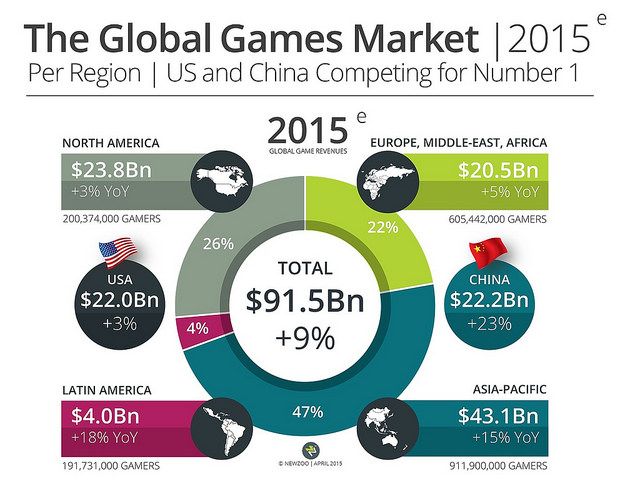
What's even more remarkable, virtual economy and goods are a big thing nowadays, and then some! It had 7.3 billion revenue in 2010. If anyone can find out about revenue info from last year, I double dare you to post it in the comments.
Wait what? Virtual goods have surpassed 7.3 billion dollars mark in 2010? Holy shit. Like, gold and diamonds in video games? Paying people to level-up and stuff? Fuck.
With the advent of social networks, games crept up and took us by surprise. Cityville got 100 million users within 41 days of it's launch. Farmville requests, anyone? Zynga, the creator of mentioned games, is responsible for increasing the age of average player to 30, and for women accounting for 47% of all gamers.
Why is watering your online facebook farm so mega popular, but few people recognize the brilliant storytelling of The Longest Journey? Why did pixelized old-school-graphics Minecraft succeed, and where's the value in Angry Birds? It all has to do with game psychology and it's elements that are designed to submerge us into their world. Sometimes it's the sheer playfulness of a game, sometimes the social aspect, and sometimes it's many well thought-out hooks placed in the right spots at the right time to keep you happy and engaged. I will cover these in later posts.
So, gamification is.. games?
Not at all. It's simply using game design in non-game context for purposes other than playing. On a fun - purpose ; gameplay - no gameplay graph, they would lie in opposite quadrants. Can you guess which is what? Yes, gamification gives a purpose and no gameplay. It's not a game, it's a way of making everything else game-like, thus utilizing the tools that make us go all night long in WoW raids. Imagine getting the similar high and engagement learning a new language or cleaning the house.
Some of the companies have done just that, and won.
The story about Dodgeball, Foursquare, and Swarm
Raise your hands if you ever heard about Dodgeball service. Now raise them if you heard about Foursquare. What if I told you these are basically the same, they even share the same cofounder! Dodgeball was a location-based social service and a predecessor to Foursquare. Dodgeball is an uglier model of everybody's favorite sports car brand. Dodgeball is Foursquare's older brother who did drugs and dropped out of school. Not by his own fault, to be honest. Dodgeball got acquired by Google in 2005 and then neglected to the point of its founders abandoning the ship in 2007. One of them continued with Foursquare. Foursquare is Dodgeball, but pretty and gamified. Much success.
Unfortunately, they recently underestimated the power of the gamification and made a bad decision of removing the core mechanics, check-ins, from Foursquare and moving it into the Swarm. You can guess at what time did that happen from Google Trends graph below. People want their check-ins back!
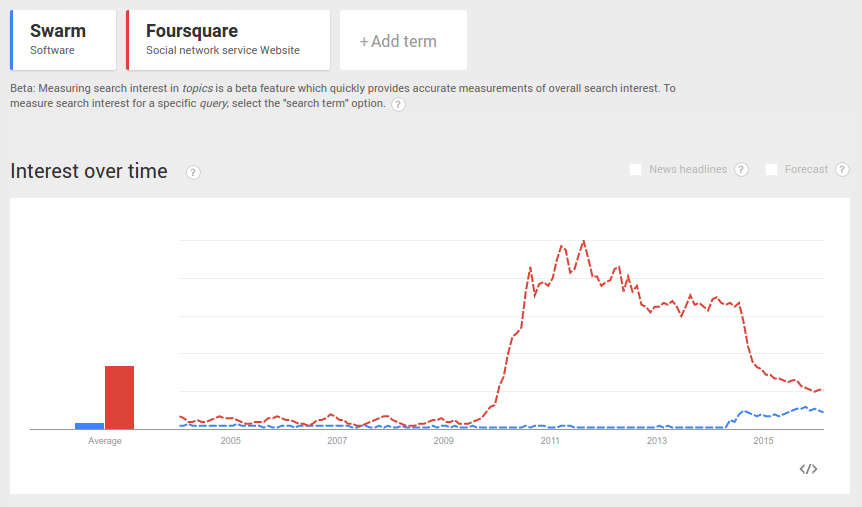
How did they do it?
It's all about the social element, really. Both Dodgeball and Foursquare are about checking in places, but Foursquare made a competition out of it. You could compare to your friends, you can collect badges, you can become the major. You can almost feel the urge checking in once more, just because Matthew is right there in front of you on the leaderboard!
I'll leave you with an interesting quote before Foursquare hit it off:
Foursquare keeps track of all of this information, and gives you awards based on doing tasks like completing To Do items, and checking in places. That element is what could lead to this service being a viral hit. And the fact that it’s not trying to displace Twitter, but rather utilize it to help you spread the word about what you’re doing, should definitely help as well.
And another one from Foursquare team themselves:
When we built Foursquare, the game mechanics were meant to do two things: help you learn how to use Foursquare, and help make your real-world experiences more fun. We never set out to make a "game"… Points gave you a way to measure how exciting your outings were; badges were to give you a sense of accomplishment; and mayorships allowed you to compete with your friends… even we were surprised by how much people loved them.
Duolingo
Duolingo is screaming with gamification. It is a prime example of a gamified educational system with an altruistic purpose. Take a listen at Duolingo's CEO Luis von Ahn explaining his idea and goals.
Did you catch that? From none to 42 million users in 2 years, and more people are learning languages on Duolingo than in the entire US public school system. Besides being a genuinely awesome idea (and for free!), Duolingo succeeded because of its beautiful interface and engaging mechanics that effectively replaced the teachers.
How did they do it?
Although social aspect is accented here as well, the power of Duolingo lies in visualized and well balanced mastery path. We can call this progress Heads-Up Display (HUD). The app uses a lot of game components to aid and guide the user through his path. There's achievements, badges, "boss fights", streaks, checkpoints, levels, bonus points, gifts, and so on.
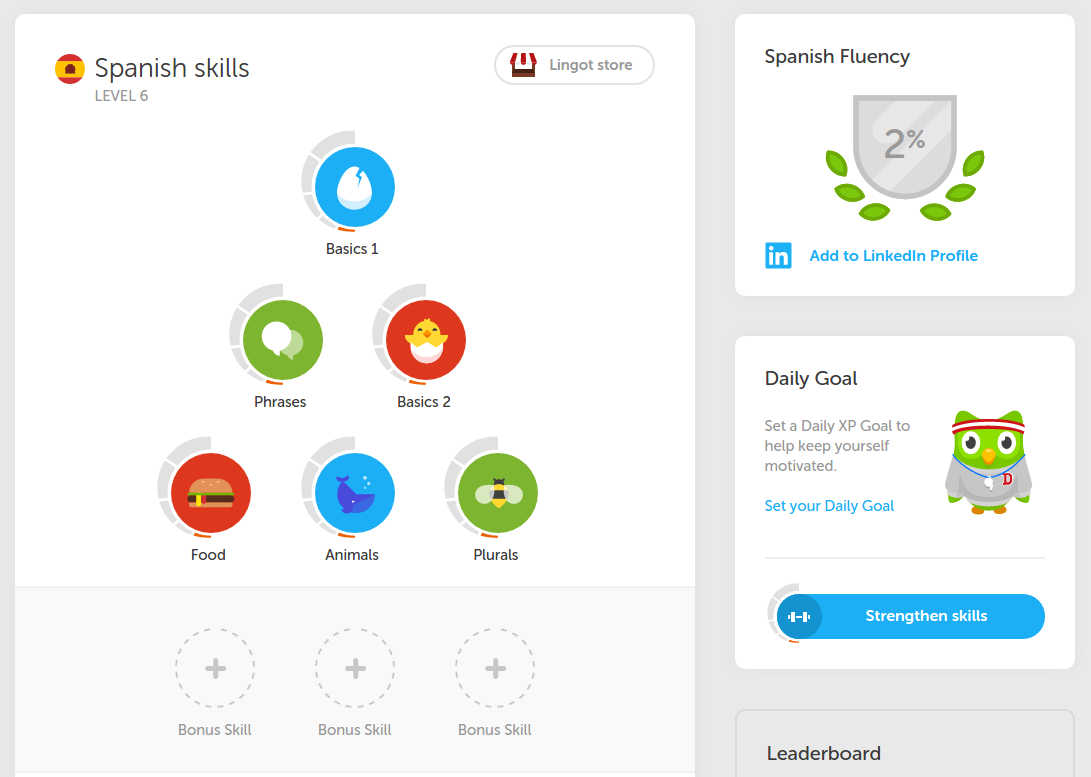
Duolingo also implemented its virtual currency - lingots. Users can earn them by completing lessons or winning streaks. They are a tangible reward with a fixed schedule - you only get them once an action is completed. It fires up both intrinsic motivation with a sense of personal achievement, and extrinsic - you can purchase all sorts of stuff with it. There's also a gamble element in the "Double or Nothing" feature where you can bet on your 7-day streak.
Leaderboard is a "cheap trick" of gamification, but it can easily be done wrong. If you see your friend miles away in points from you, you will not be motivated in catching up with them, you can even feel bad about yourself. Duolingo approached this well and is only showing your friends that are slightly ahead of you or right behind you. I only need 100-ish points to take over pootzko, let's do it!
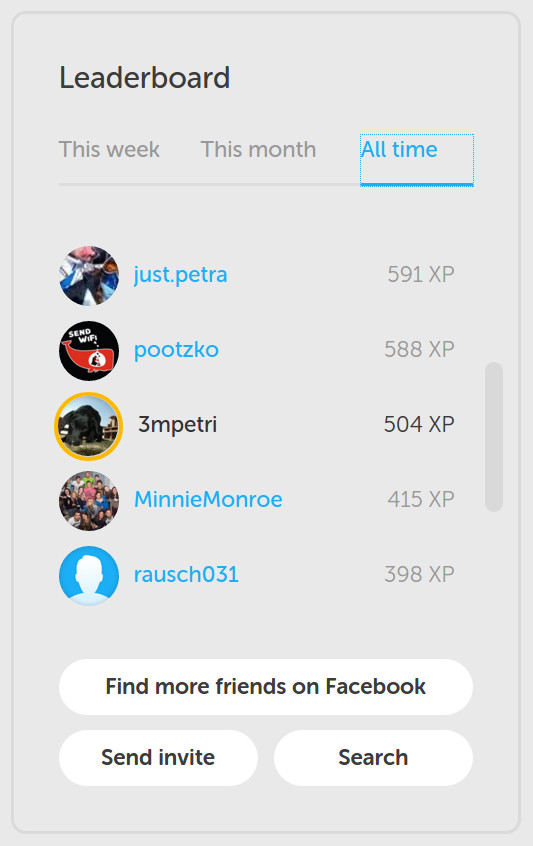
Finally, Duolingo's main objective - translating web pages from the language user is learning into English! This is one of the perks that users need to unlock as difficulty increases. It is yet another intrinsic motivator that reinforces the user experience, making them feel a part of something bigger, a community of learners that are doing something that matters.
Zombies run!
Could a bunch of chasing zombies make you run more? Nike thinks so. And they were right. Basically, you slap on a Nike Fuelband, connect to the Zombies Run! app, and.. run! You'll get periodic messages about being chased by zombies, locations of items you can use to fight them off, and so on.
How did they do it?
They added excitement to the mix. The Nike running app already had gamified elements such as tracking and displaying your activity in a pleasing way. It also gives you achievements and rewards depending on your activity. The social part is of course competition with your peers, as well as sharing your performance online - thus increasing brands visibility.
However, the unique thing Nike did was introducing a bit of adrenaline in your running routines. It's the random and unexpected element of zombie attack that gets you. People (mostly) love surprises, especially random ones (I will cover that in part of the series dealing with our psychology). The mechanic is simple - while running and listening to the music you would get interrupted with messages about being chased by zombies. Once that happens, you need to outrun them until reaching the safe zone, OR running to find the cure. It basically gives you child's imagination while doing a mundane task.
Users can also use the app to play tag against other runners, which is a really cute idea. This game got Nike huge amounts of data from their customers which allowed them to market their products better and more efficient.
P.S. There's also a Pokemon version, so, yeah.
Language quality game in Windows 7
When you are an international software company, you are bound to ship your software worldwide and translate it into many languages. The faster and more accurate this gets done - the better. The issue here is that it "needs to get done". Why not spice it up a bit? Microsoft created a Language Quality Game that allowed all of their employees to participate in this process in a game-like environment. The project was a major success. Here's the comment from one of the employees:
“It enabled actual ownership of the product, even if I was not directly involved with the user-interface development."
How did they do it?
They introduced healthy competition. Human beings are very inclined to form groups based on a multitude of features, most common one being place of living, typically a city. Since all of the employees participated, and we are talking here about offices all over the world, they naturally formed "teams". They didn't have to participate, they just did. It was fun and engaging, but it also made them feel a part of something. Another win for gamification.
Foldit
Personal favorite. Imagine building an online puzzle game that will unlock the secrets of a key protein in the fight against HIV. This is what Foldit achieved. It all started as an experimental research project at the University of Washington. Proteins in human body are involved in fighting diseases, among many other things. Genes are instructions for making proteins, which are in turn made of amino acids. The thing is, even though it's relatively easy to mark the sequence and type of amino acids, the space of possible shapes of these structures is immense. This is where the game and our problem solving and intuition abilities come into play - you simply cannot brute force the solution.
The game awards points for best structures, which are then analyzed by experts. It took 10 days for the community to find solutions scientists didn't come up with in 15 years.
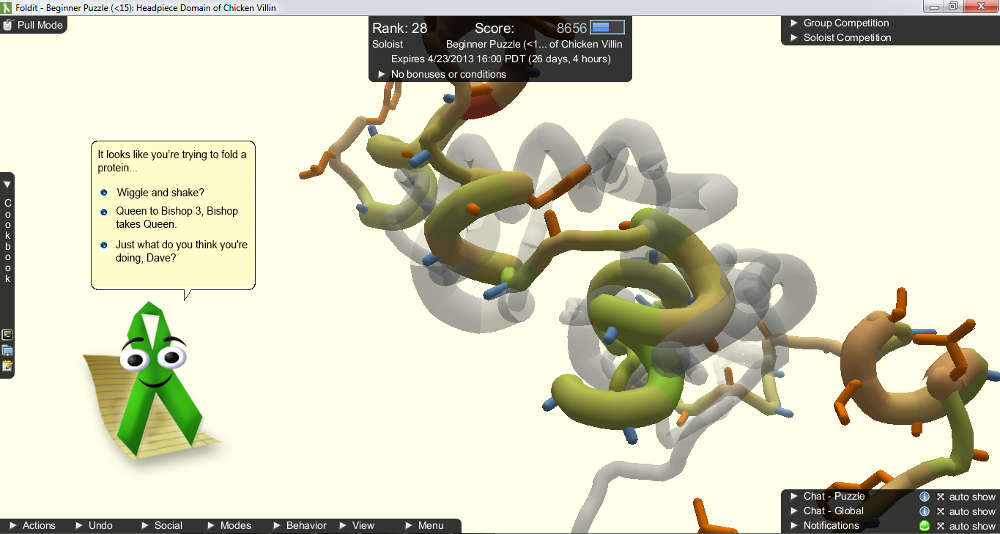
Wait what? It took 10 days for people playing the game what scientist couldn't crack in 15 years (!!!).
How did they do it?
Purpose and meaning. These are the most powerful motivators. Game uses our natural three-dimensional pattern matching and spatial reasoning abilities. Foldit users can create and join different teams, and share puzzle solutions with each other. This created one big pool of problem solvers with intrinsic motivation and a drive for higher purpose.
There's a similar story around famous Orteig Prize. 15,000$ was being offered to the first team who can fly an airplane from New York to Paris, or vice versa. If you take into consideration the risks and investment needed in building such an aircraft - it was an awful deal. Quote from wikipedia:
Six men died in three separate crashes, and another three were injured in a fourth crash. The Prize occasioned considerable investment in aviation, sometimes many times the value of the prize itself, and advancing public interest and the level of aviation technology.
But, we still pushed it, not because of the money, but because of progress, status, purpose, meaning. Eventually, in 1927., the Spirit of St. Louis flew magnificently from New York to Paris.
Bonus: The Reddit Button, or how did the world go crazy over a button
The date is April 1st, and users of Reddit were welcomed by a big blue button and a 60 second counter. Rules were very simple:
- The button has a timer, it starts at 60 seconds and counts down.
- Users can press the button, and when they do the timer resets to 60 for everyone.
- Users can only press the button once.
And.. the Internet exploded! People were trying to make sense of it all, users who participated formed teams divided by the amount of time user waited to click the button, social networks went berserk. Check out the search results for The Button analysis. Finally, after 1,008,316 clicks - the game ended. And please, please take a look at user comments that followed the end :)

When most people think about gamification, they think about making the users behave in a certain way. The Button shows that it can be completely opposite. Reddit simply created an environment, and players were sucked into it hopelessly. The game's strength lies in its mystery and simplicity. Are you a button pusher on not? Pick your side. Or don't. But you probably will, because of the dispense, pressure, and curiosity. Brilliant.
Wrapping it up
When people think of gamification, they often think only of turning a service into a literal game – adding levels, achievements, points, and maybe slapping on some badges. While that approach can work in some instances, gamification (at its core) is about giving you an engagement push in any way feasible. Not everybody ticks the same, you surely differ from me in what interests and drives you. Maybe you're a socializer, and I'm the explorer. The point is to make things enjoyable, to emphasize the purpose and intrinsic values we hold dearly, and to be a kid again.
We live in a time of big data, in the next couple of years average household can expect to have digital information on the contents of the fridge, or real time expenditure of water, electricity, gas, etc. It is already common to wear devices that tell you how many steps you took in a day, the quality of your sleep, and so on. The potential of making a gamified system around any of these data outputs is huge! I'll leave you with a futuristic short movie on rather bizarre consequences of such future and technologies.
And always remember - whoever must play, cannot play. See you in part two!
,
